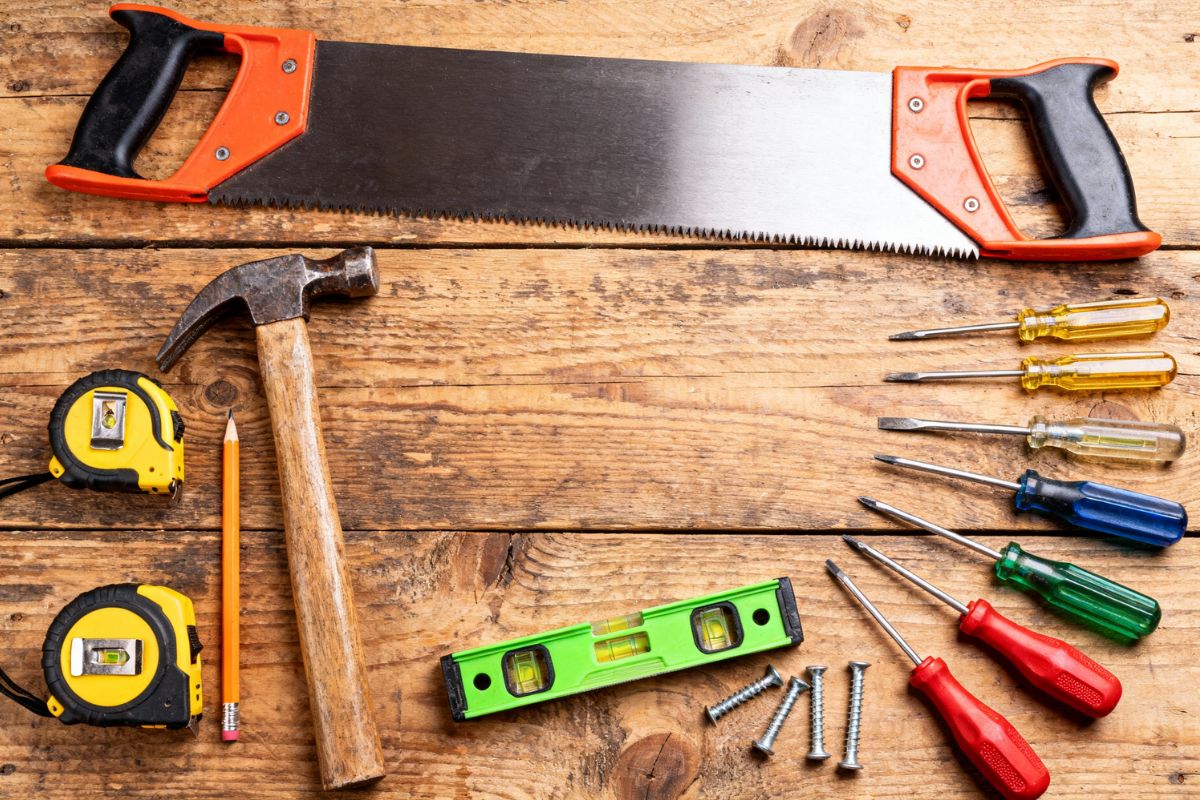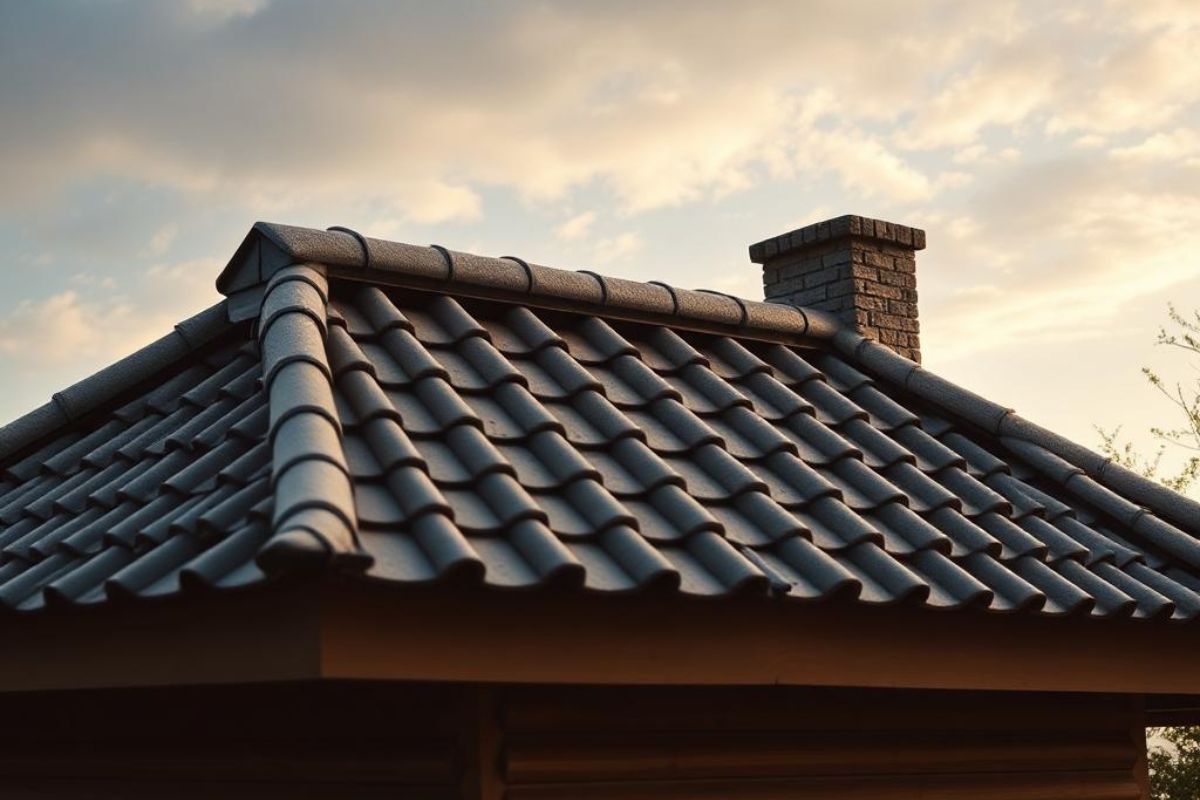If you're exploring options for managing waste in your tiny home, consider composting toilets and tailored septic systems. Composting toilets are eco-friendly, reducing water usage considerably by transforming waste into compost, ideal for non-edible plants. They require routine maintenance like monitoring moisture and managing the carbon and nitrogen balance to prevent odors.
Alternatively, small-scale septic systems designed for limited space can handle waste efficiently but require periodic pumping and careful avoidance of non-biodegradable materials. Both systems offer sustainability and cost-efficiency but come with setup and regulatory considerations. Exploring more about these solutions can reveal deeper insights into their benefits and implementation for your tiny home setup.
Understanding Composting Toilets
Composting toilets, a cornerstone of sustainable living, transform human waste into usable compost through a natural decomposition process. You might wonder how they're set up in a tiny home. Fundamentally, these toilets separate liquid and solid waste. Solids are mixed with a carbon-rich material like sawdust or peat moss to facilitate aerobic decomposition. This mixture is then stored in a container where it breaks down over time, requiring periodic turning to aid the process.

You'll need to monitor moisture levels because too much can hinder composting and produce odors, whereas too little can stop the decomposition altogether. Ventilation is also vital; a well-designed vent system prevents odors from escaping and helps maintain the necessary aerobic conditions.
When considering installation, think about the space you can allocate. Composting toilets come in various sizes and designs to fit different spaces and usage needs. You'll also want to guarantee easy access for maintenance tasks like adding carbon materials and removing finished compost.
Benefits of Composting Toilets
For tiny home residents, the advantages of composting toilets extend beyond mere waste disposal. You'll find they greatly reduce water usage, an essential benefit when living off-grid or in areas where water conservation is vital. Unlike traditional toilets, composting systems require no water for flushing, which can save thousands of gallons per year.
Moreover, composting toilets transform human waste into compost that can enrich the soil. This byproduct is excellent for non-edible plants, contributing positively to a sustainable living environment. You're not just getting rid of waste; you're converting it into something beneficial.
These toilets also offer greater flexibility in placement. Since they don't require a connection to a sewer system, you can install them almost anywhere in your tiny home. This flexibility is invaluable, especially when you're dealing with limited space or remote locations.
Financially, you'll see benefits too. The initial investment might seem high, but the lack of monthly water and sewage bills quickly balances the scales. Over time, the savings add up, making composting toilets a cost-effective choice for your tiny home lifestyle. Plus, they require minimal maintenance, saving you further on potential repair costs associated with conventional plumbing systems.
Limitations of Composting Toilets
While composting toilets offer considerable advantages, they come with their own set of challenges that you should evaluate. To begin with, they require regular maintenance that can be more hands-on and less pleasant than traditional toilets. You'll need to manage the balance of carbon and nitrogen materials to guarantee proper composting, and failing to do so can result in odor issues or ineffective composting.
Another limitation is the handling of liquid waste. Most composting toilets separate liquid and solid waste, and the liquid part must be disposed of separately. If not managed correctly, this can lead to hygiene issues or unpleasant smells. You also have to take into account the initial cost, which might be higher than conventional systems. The installation and the purchase of necessary accessories like venting systems add to the upfront expense.
Temperature is another factor; composting toilets perform best in warmer conditions. In colder climates, the composting process slows considerably, which might require additional steps or systems to maintain effectiveness.
Lastly, local regulations might pose a barrier. Some areas have strict rules about waste disposal and composting toilets, requiring permits or compliance with specific standards that can complicate their use.
Overview of Septic Systems
Septic systems provide a reliable method of wastewater treatment for homes that lack access to municipal sewage services. Fundamentally, they're a private sewage treatment facility on your property. If you're considering a septic system, here's what you need to know.
Firstly, the system consists of two main parts: a septic tank and a drain field. Your wastewater flows into the septic tank, where solids settle at the bottom and scum floats to the top. Bacteria in the tank break down the solid matter, partially decomposing it. The liquid wastewater then exits the tank and moves to the drain field, also known as a leach field. Here, further treatment occurs as the wastewater percolates through the soil, naturally removing harmful bacteria, viruses, and nutrients.
Maintenance is essential. You'll need to pump out the septic tank periodically to remove the buildup of solids that the bacteria can't fully decompose. The frequency depends on your tank size and household water usage but typically ranges from three to five years.
Ensure you're aware of what shouldn't go down your drains—things like non-biodegradable items, excessive chemicals, or cooking grease can clog or damage your system. Being mindful of this will help keep your septic system functioning effectively for years.

Septic Solutions for Tiny Homes
Choosing the right septic solution for your tiny home requires understanding the unique challenges and limited space you're working with. When you're planning your septic system, consider the size of your household and anticipated wastewater volumes. Smaller tank sizes, typically around 750 to 900 gallons, are sufficient for tiny homes with fewer occupants.
One effective option is a miniaturized version of a traditional septic system, which includes a small-scale septic tank and a compact drain field. This system is ideal if you have a small plot of land that can accommodate the drain field. Confirm the soil around your home has good absorption characteristics to prevent system failure.
Alternatively, you might explore a self-contained holding tank system, which requires regular pumping depending on usage but doesn't necessitate a drain field. This is particularly useful if you're on very limited land or have poor soil conditions.
Always check local regulations before installing your septic system. Some areas have specific requirements or restrictions for tiny homes. Consulting with a professional can also help you design a system that meets both legal standards and your personal needs, confirming a hassle-free and environmentally friendly waste management solution.
Comparing Waste Management Options
After exploring septic solutions for your tiny home, it's important to also consider other waste management options to confirm you make the best choice for your lifestyle and environment. Composting toilets are a popular alternative, offering eco-friendly benefits by transforming waste into usable compost. Unlike traditional septic systems, they require no water, considerably reducing your ecological footprint.

You'll find composting toilets especially advantageous if you're off-grid or in areas where installing a septic system is impractical. They're easy to install and manage, though they do require regular maintenance to confirm proper decomposition and odor control. On the downside, if not managed well, they can attract insects and produce unpleasant smells.
Another option is incinerating toilets, which burn waste into ash. These units use electricity or gas and are effective in places where water usage must be minimized. However, they can be expensive to run and might not be the best choice for energy-conscious lifestyles.
Each system has its merits and drawbacks, so consider how often you'll use your tiny home, local regulations, and your commitment to maintenance. Choosing the right system confirms convenience, sustainability, and adherence to legal standards.
Maintenance Tips and Considerations
Maintaining your composting or incinerating toilet requires a few simple but essential steps to guarantee they function effectively and remain odor-free. Regularly check moisture levels in composting units; it shouldn't be too wet or dry. Add bulking materials like sawdust or coconut coir to adjust the moisture and aid in aeration. For incinerating toilets, make sure the ash compartment is emptied periodically, following manufacturer guidelines to prevent overflow and maintain efficiency.
You'll also need to monitor for any unusual smells, which can indicate an imbalance in the composting process. If odors persist, try adjusting your carbon to nitrogen ratio by adding more carbon-rich materials. It's vital to rotate or mix the compost regularly to facilitate even decomposition and prevent clumping.
Moreover, keep an eye on the venting system; blockages can disrupt air flow, affecting the toilet's performance. Clean vents and fans as necessary to make sure they're free from debris. Finally, always use recommended cleaning products to avoid damaging the toilet's components or harming the beneficial bacteria in composting toilets.
Conclusion
As you explore waste management options for your tiny home, weigh the benefits and drawbacks of composting toilets and septic systems. Composting toilets offer eco-friendly solutions with minimal maintenance, while septic systems are more traditional but require professional installation and periodic servicing.
Choose based on your living situation, environmental priorities, and budget. Remember, maintaining whichever system you choose is essential for efficiency and longevity, ensuring a sustainable and hassle-free living experience in your tiny home.






Share: